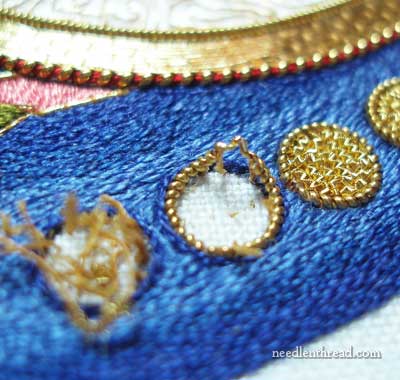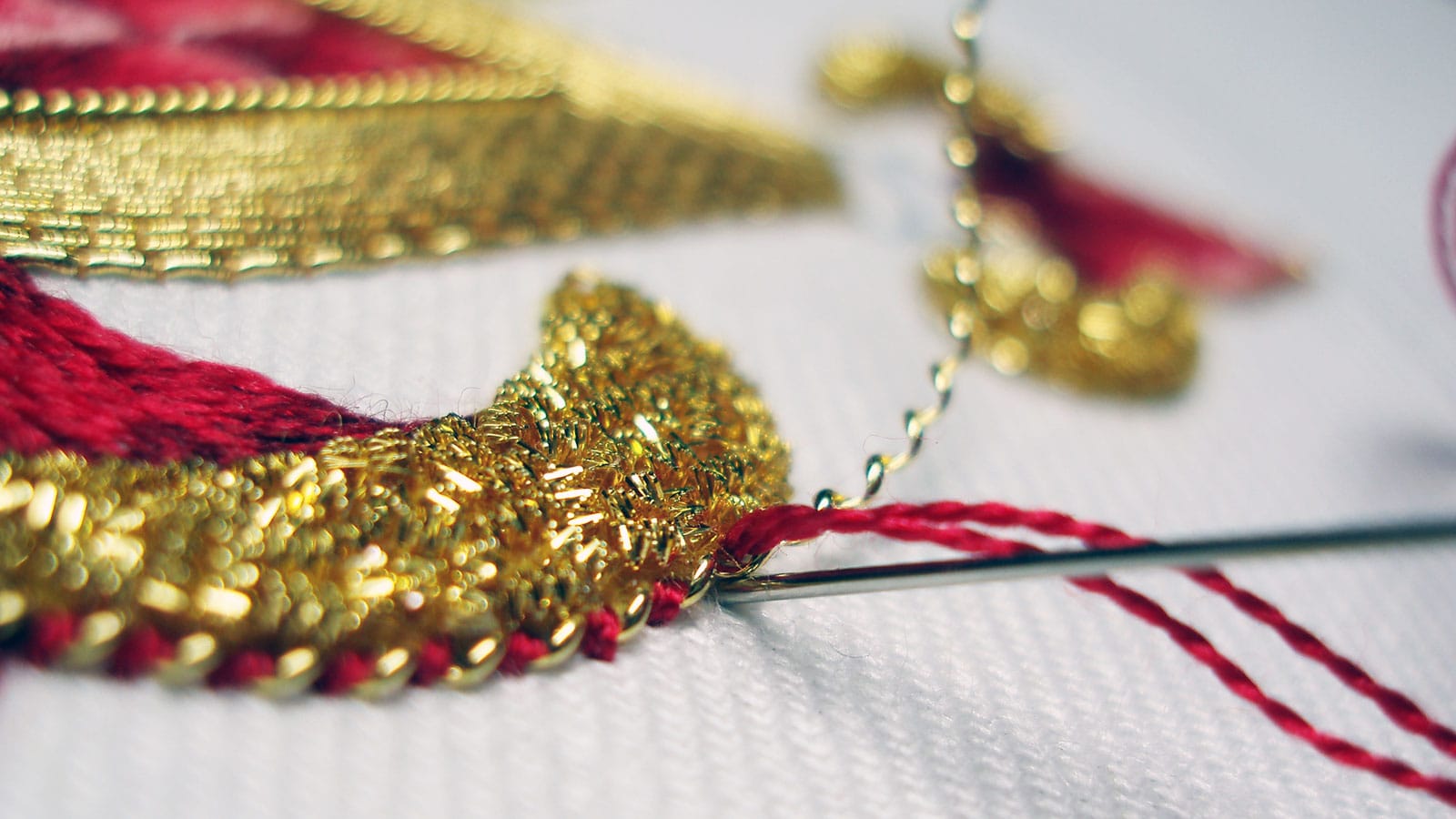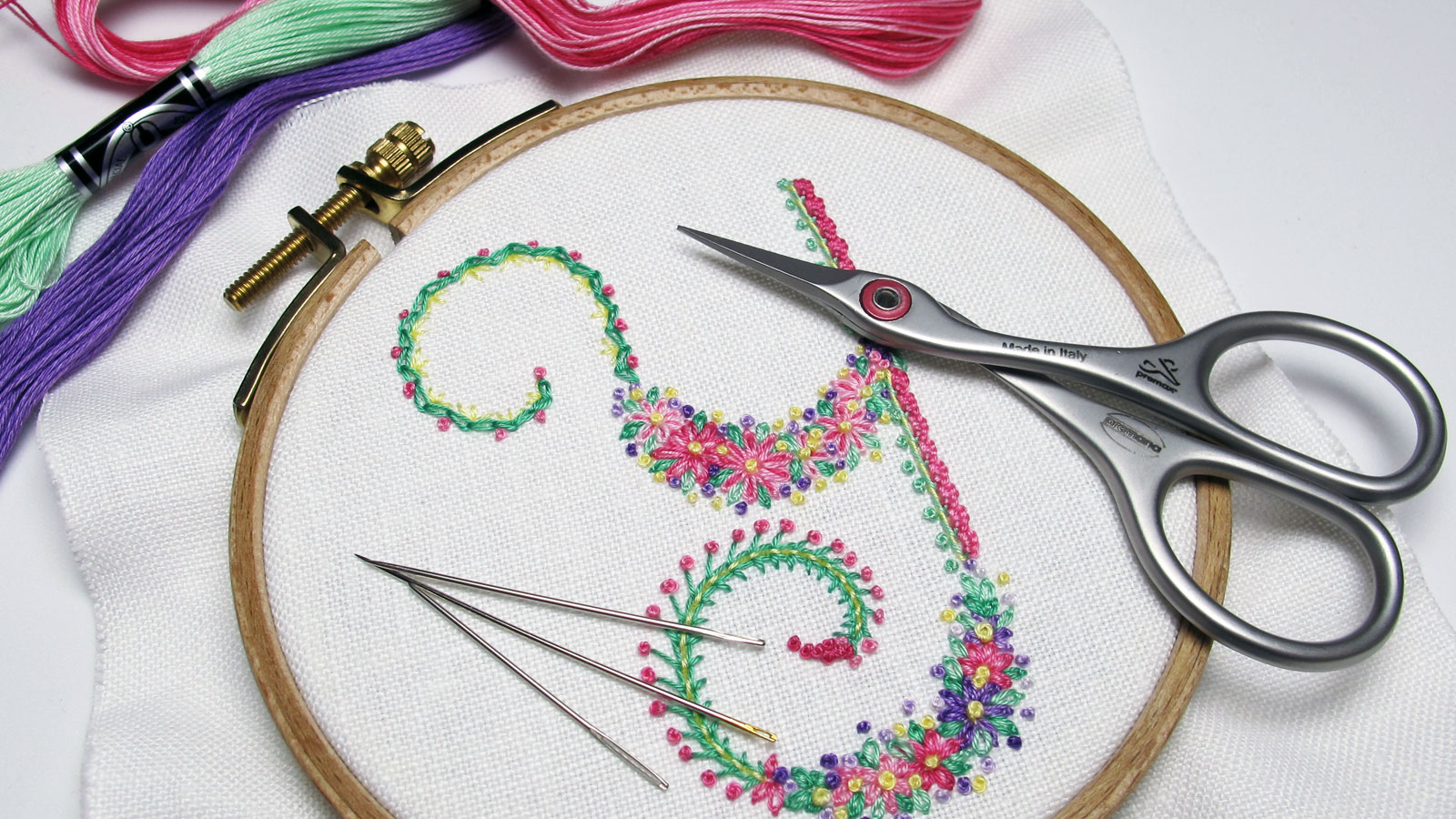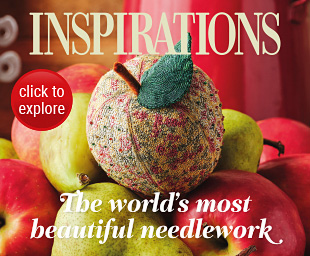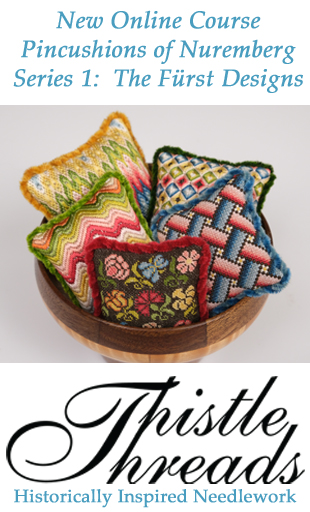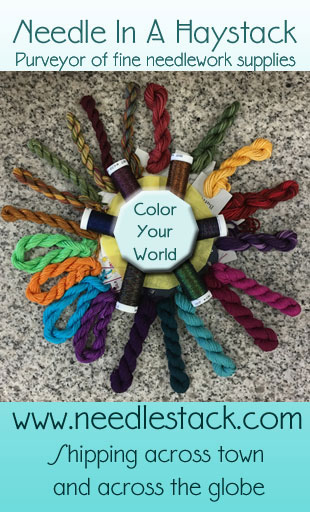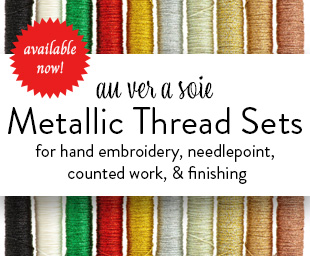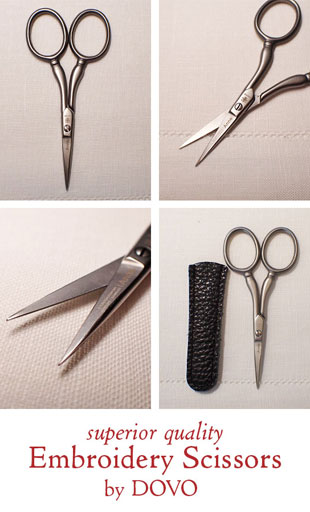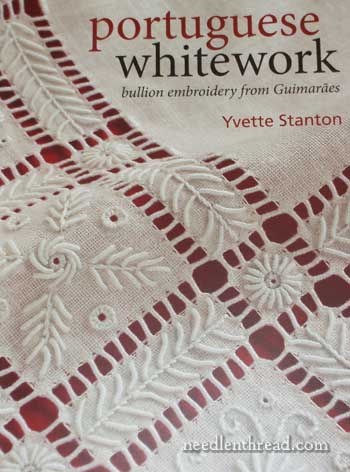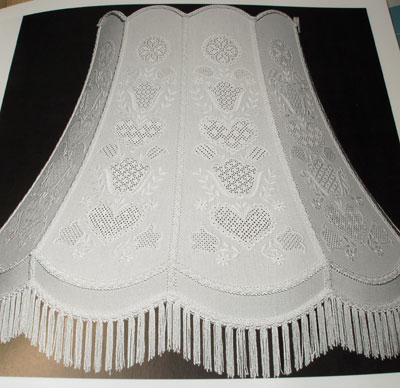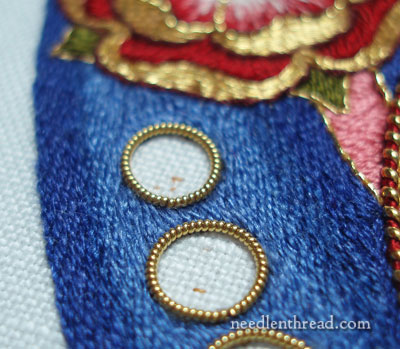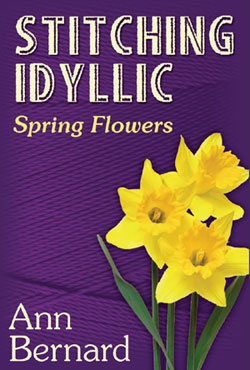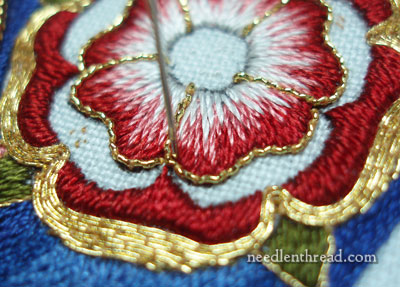May 8, 2012
There Ain’t Nothin’ Like Linen!
It’s true. There is no fabric quite like linen. When it comes to hand embroidery, linen is, in my mind, the ideal fabric. And there are many, many reasons why it is the ideal fabric. But there is one reason that shines beyond all the others: one Grand Reason that linen is the bee’s knees when it comes to hand embroidery.
And that reason? I’ll call it Flexibility. That sounds so very positive, doesn’t it? Linen is flexible. It can be used for a host of applications in embroidery. It can be used for counted work. It can be used for free style, surface embroidery. It can be used for goldwork. It can be used for needlepainting, for whitework, for blackwork – you name it! When it comes to practically any kind of hand embroidery, linen steps up to the plate! (With a few minor exceptions.)
But that’s not the Flexibility I’m talking about. Flexibility in embroidery can mean a lot of things. It can, for example, be the flexibility that the embroiderer has when it comes to changing her mind.
Some people may call this Fickleness. I prefer Flexibility.
